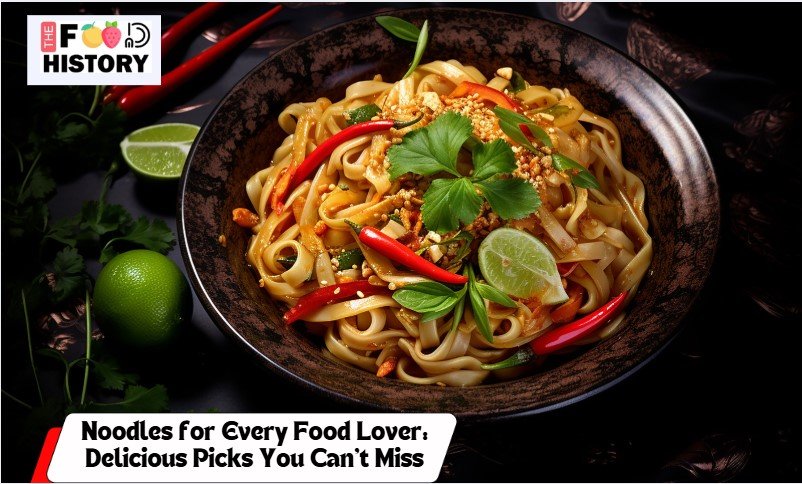Which recipe can cooked in a short time period? Then, Khichdi will be on the top! Being an instant choice for many Indians, It is quite interesting in many ways. This delicious, simple and aromatic dish is mainly prepared with rice and Moong dal, but to increase its taste, there many ways to eat it, in India, we have a segment, ”Khichdi ke chaar yaar, dahi, papad, ghee or Aachar which signifies way to eat Khichri.
It can eaten with Curd, Papad, Ghee or pickle, these four ingredients can increase the taste of your Khichri to a top notch level! But, how became so popular across India. According to Vedic literature, It is the oldest dish that prepared in India. But, again the question arises, how?
Origin of Khichdi
History of Indian food is amazing and interesting at the same time! Khichdi has older roots, which has been one of India’s most constant gourmet outputs and what else, it has an incredible, mouth-watering sweet and aromatic variations, that are often healthy for all seasons! You can find it as khichuri in regions of West Bengal, bisibele Bhat in Karnataka and Pongal in southern India. Surprisingly, historiographer Mohsina Mukadam explain Khichri as ‘the oldest dish in India, yet one that has barely changed over the years’. The name ‘Khichdi’ originated from Sanskrit word khiccā which means a dish of lentils and rice. There initially mentioned this dish as Krusaranna in the Vedic literature.
Kahani Khichdi Ki/Story of Khichdi

In krusaranna, rice prepared with milk and lentils same as Khichdi cooked. Thus, It has a great history with great taste. The oldest indications of Khichri’s origin being prepared in India are before 3000 years old. In 2015, while excavating the site of Ter in Maharashtra, archaeologists came across the two big pots with burnt left over of rice and moong dal that were cooked together in the pot. This was an evidence, later on, according to research, It was the staple diet of more than half of the population of India in 16th century. Many historians have written about Khichri in their research as well.

From wanderer like Ibn Batuta to the Mughal emperors such as Aurangzeb and Jahangir, there was Khichri to suit every person. According to Ayurvedic studies, moong dal or green lentil is Tridoshik and it can balance all 3 doshas in the human body – vata, kapha and pitta. This defines that this lentil is a superfood which can balance any irregularity happening in the body by naturally detoxifying the immune system. So, It is basic in ayurvedic and in yogic diet. It is highly recommended for people who are unhappy with their immune system. Hence, history is better option when you are confused, what to eat? It is prepared in different ways in various areas. You can learn how to make it!
Let’s jump into the recipe of basic Khichdi
- Cooking time – 15 minutes
- Serves – 3
- Preparation time – 15 minutes
Ingredients
- 1 pinch of hing or Asafoetida
- 1/2 cup rice
- 1/2 cup Moong dal/green gram
- 1 small onion (finely chopped)
- 1 medium tomato (finely chopped)
- 1 green chilli
- 1 inch peeled ginger (optional)
- Chopped veggies like carrot, potatoes, peas & beans can also be used
Preparation
1. Rinse rice and Moong dal in a pot either separately or together. Soak them until you are chopping veggies.
2. Heat a pressure cooker with 1 tablespoon oil or ghee.
3. When ghee melts or oil will get heaten up, regulate the flame to low. Add 1 teaspoon cumin seeds (jeera) and 1 bay leaf (optional). Saute until it gets aromatic. Then add 1 pinch of hing or asafoetida.
4. Add 1 teaspoon chopped ginger and saute for a minute.
5. Add onion and green chili (optional). Saute until the onions become golden.
6. Later, add chopped tomato, and salt to taste. You can also add ¼ teaspoon red chilli powder (optional).
7. If using vegetables add them at this point and saute them for 2 to 3 mins.
8. Rince of dal and rice completely and add them at this point and saute them for 4 minutes.
9. Pour 4 cups of water into the pressure cook them for 1 minute, close the lid, after 3 whistles, if you want mushy texture you can give 4 whistles.
10. Open the lid, and your simplest Khichdi is ready to eat, you can eat with ghee, papad or pickle.











